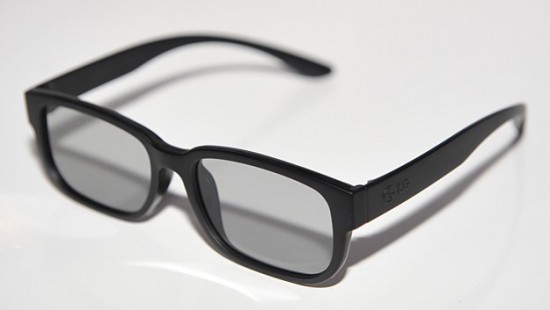
3D Technology is taking over the cinema, sports and television, leaving a large percentage of our population feeling rather confused and out of the loop with all this new gadgetry.
Fear not, dear reader, as The Gadget Helpline is here to save you!
We’re going to bust some of the most used 3D jargon that you’ll find at the moment. The sort of words and phrases that salesmen in Currys and Dixons will fling your way, and you’ll see plastered all over the internet and magazines. We’re going to kick off with a big one; the difference between Passive and Active 3D.
3D Televisions use one of two main types of 3D technology; Passive or Active. Each has its advantages and disadvantages, which we will explain for you next.
Active 3D
Active 3D is currently the most popular type of 3D and you’ll find it used in televisions, games consoles and even computer screens. It requires a transmitter (this is usually built in to the TV itself) and a pair of “Active Shutter” glasses to work.
Two separate images are sent to each eye, and the active shutter glasses translate this into 3D for your eyes by constantly opening and shutting each lens, sometimes thought of as a “flickering” technique.

Advantages to Active 3D are that it is more widely available, and that it offers 3D at a higher resolution to that of Passive 3D. Active 3D provides full colour and picture to both eyes, whereas Passive 3D overlays two images as one. For this reason, most TV buffs believe that Active 3D offers the best home 3D experience.
The disadvantages list to Active 3D is fairly long, but the main ones are the price of each pair of Active Shutter glasses (anywhere from £60-£100 per pair), as well as some customers finding that the flicker effect gives them headaches. The Active Shutter glasses also have to be charged up via USB, which can be a bit of a pain if you pick up a pair to watch TV and find the battery is empty. With cheaper TVs that use Active 3D, you may find that slow motion and high speed scenes are “juddery”. This is due to the television not being able to refresh the picture as fast as the 3D technology demands it. With more expensive sets this doesn’t happen, meaning you get a smooth experience all-round.
Passive 3D
Passive 3D is more recent than Active 3D, and is designed to bring down the price of 3D in the home. Rather than sending out two separate images as Active 3D does, Passive technology lays one image on top of the other. This is usually aided by a fine layer of material which is added to the screen panel of the TV or screen.

Advantages are plentiful with Passive 3D, mostly related to cost. TV sets that use Passive 3D technology are generally cheaper than their Active counterparts, and the 3D glasses required for them are much, much cheaper. Passive 3D glasses have no electrical components and don’t have to be charged up, meaning you can buy them for £1-£15 per pair. There’s also no flickering – so no chance of headaches or nausea – and the glasses are very lightweight and much more comfortable to wear. With Passive 3D, generally there’s a much wider viewing angle, meaning a 3D TV that uses Passive technology is better for big groups viewings.
The only real disadvantage to Passive 3D is that you won’t get Full HD 1080p when watching 3D. So if you’re hoping to watch some 3D Blu-Rays in Full HD, Passive 3D is not for you. You can of course watch 2D television in Full HD, however.
We’ll be aiming to bust more 3D technology jargon shortly, so if there’s something you need to know, or something you can’t quite get to grips with, then let us know! We’ll aim to help you understand any 3D tech that’s boggling your mind.
You can make suggestions to us using the comments section below, our Twitter page or our Facebook page. Get suggesting!